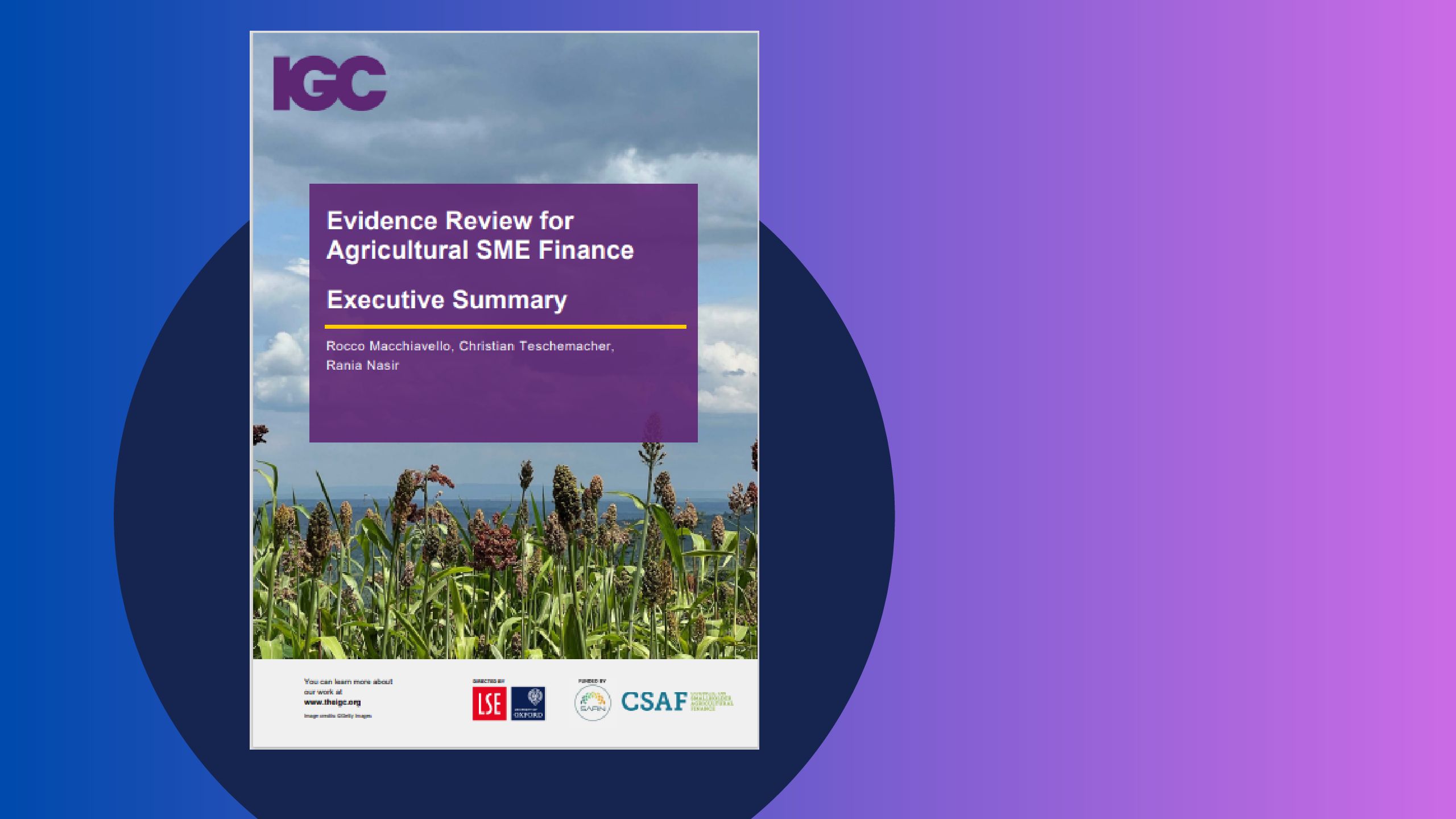This FAO publication explores how a systems approach can be effectively applied across agrifood systems.

Putting a systems approach into action
A systems approach is essential for transforming agrifood systems, as business-as-usual is not solving interconnected problems like food insecurity, malnutrition and environmental harm. Working in a more connected way offers the pathway forward to achieving better production, better nutrition, a better environment and a better life, while leaving no one behind. For decision-makers across sectors, a systems approach supports better decisions by showing how agrifood system parts are linked, from production to consumption. It helps to navigate complexity, to use resources wisely and spot key opportunities for change, leading to solutions that work across multiple goals.
According to this report, shifting to a systems approach involves six core elements: applying systems thinking, building systems knowledge, enabling systems governance, integrating actions through systems doing, securing systems investment, and fostering systems learning.
By identifying the critical shifts needed to embed systems thinking into policies, programs and interventions, it provides a clear roadmap for implementation. The publication also includes real-world examples of how countries, regions and municipalities are successfully integrating these shifts into practice.
Citation:
FAO. 2025. Transforming food and agriculture through a systems approach. Rome. https://doi.org/10.4060/cd6071en















































































































































































































